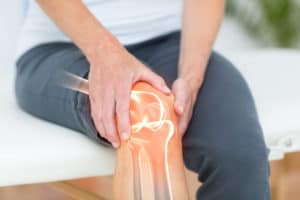
When it is recommended by their physician, a patient will be discharged to the home environment following a joint replacement surgery. This is a common plan of care for many patients.
Within 24 to 48 hours of being discharged, a home health licensed medical professional will conduct a start of care visit. This typically includes a clinical assessment, medication management and home safety assessment. The licensed medical professional is typically a registered nurse or a physical therapist and they will discuss the plan of care for the remainder of the home health visits.
After the start of care visit, a licensed medical professional will visit several times, depending on the specific needs, physician protocol and insurance coverage of the patient. These visits will be shorter in length that the initial start of care visit and will typically last under an hour. These visits will happen less often as the patient improves.
Physical therapy is the most common type of home health provided following a hip or knee replacement. It is a crucial part of the recovery process. Physical therapists will assign an exercise program based on the physician protocols and individual assessment. Physical therapy helps to ensure that a patient is progressing properly following their surgery to regain normal mobility.
Knee Replacement
Home physical therapy allows patients to maximize their functional mobility in the home setting. Following a knee replacement, this will focus on range of motion and strength building exercises. The frequency of these exercises will vary for each patient. Physical therapy programs also typically include a walking regimen and may advise an assistive device such as a walker or crutches. Following home physical therapy, many patients will transition to outpatient physical therapy, continuing to focus on strengthening and more advanced exercises.
Hip Replacement
Home physical therapy following a hip replacement is focused on strengthening muscles, improving hip movement and increasing circulation to a patient’s legs and feet. Physical therapists can also help to set up a safe home environment. Therapy will help the patient restore hip strength and may include cardio exercises such as walking or stationary cycling. Following home physical therapy, many patients will transition to outpatient physical therapy, continuing to focus on strengthening and more advanced exercises.
Every person is different, but this provides a general framework of what to expect following a knee or hip replacement. Activity levels will increase daily, and the majority of the recovery process will take place in the first 4-6 weeks following surgery.







